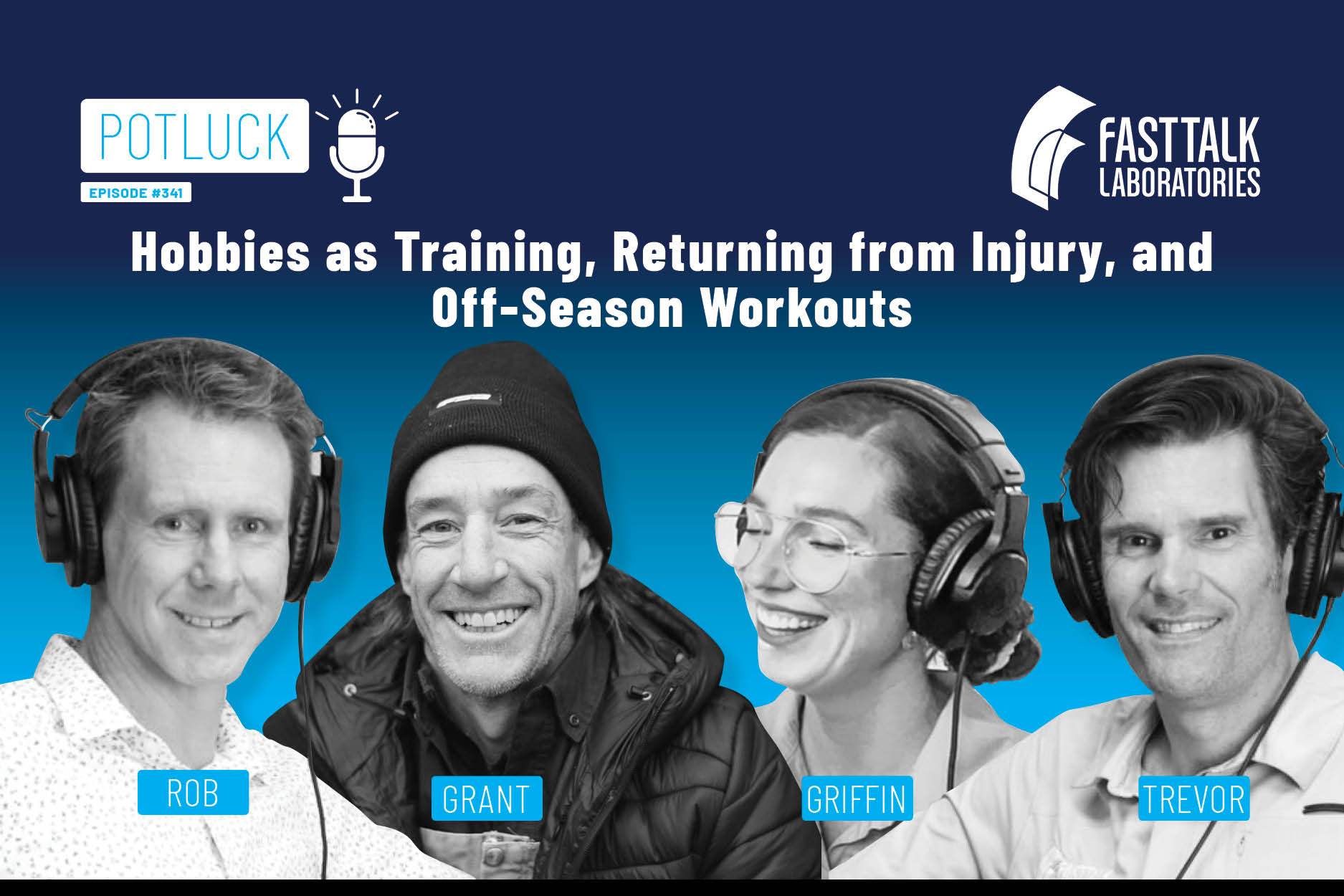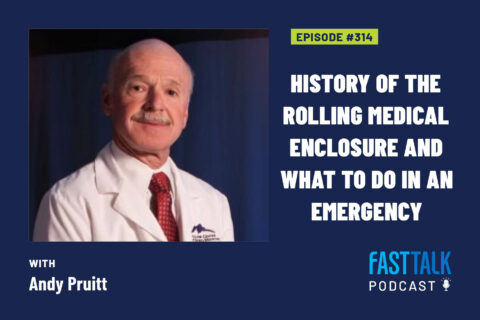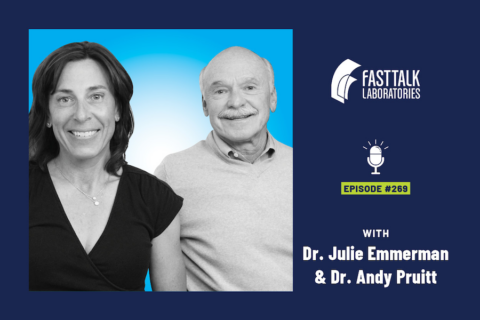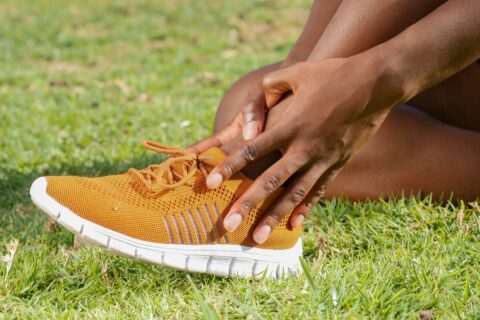Our host regulars discuss when an unplanned activity—such as commuting—becomes training, how to adjust for an event when returning from injury, and what training to do in the off season.
Our host regulars discuss when an unplanned activity—such as commuting—becomes training, how to adjust for an event when returning from injury, and what training to do in the off season.










